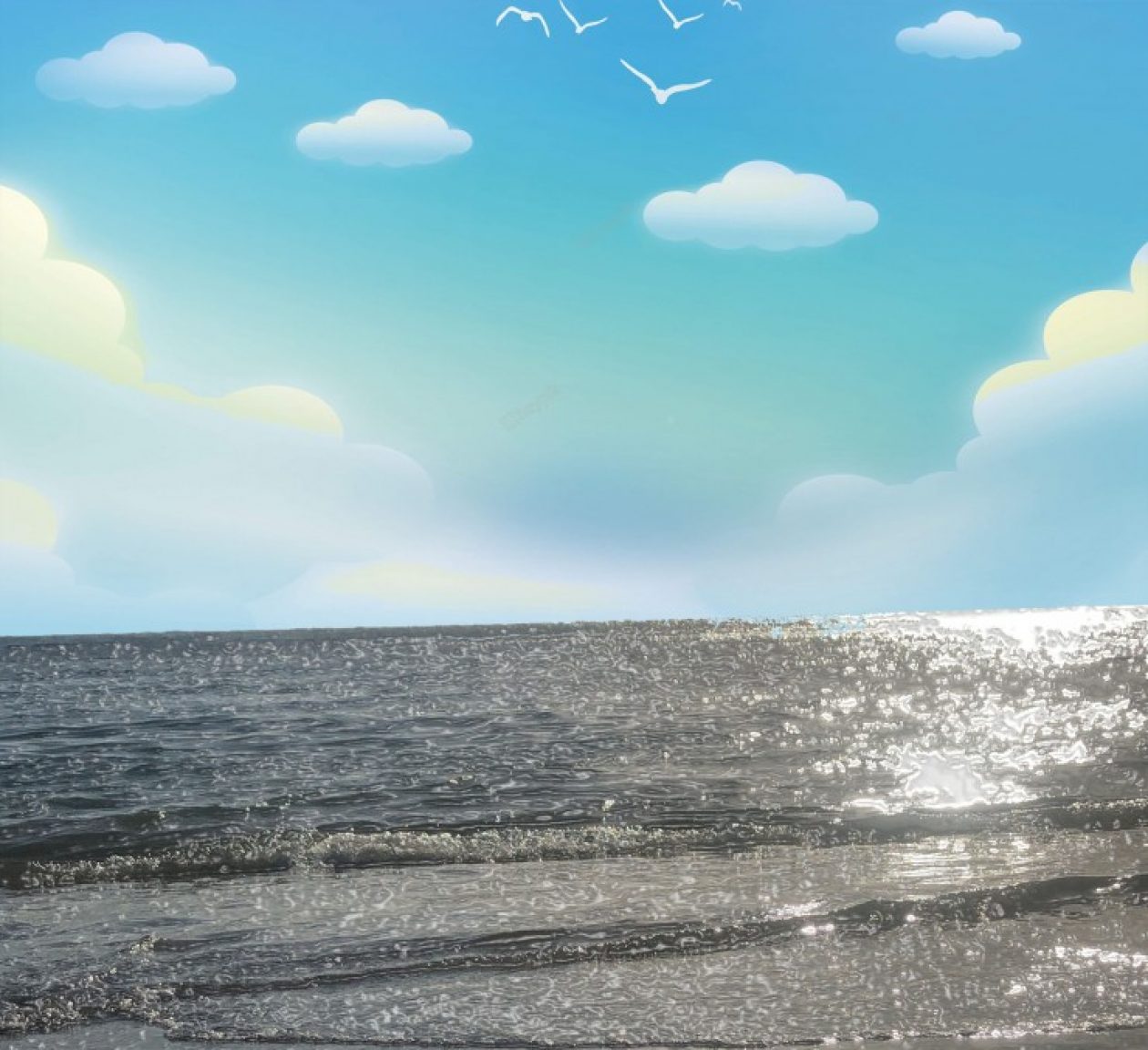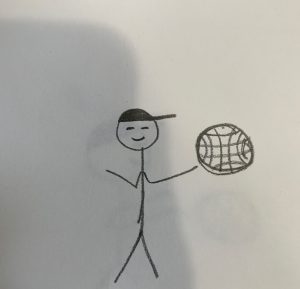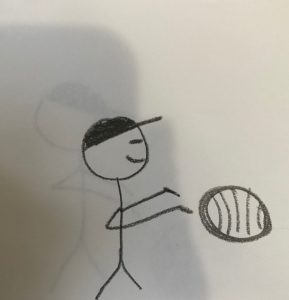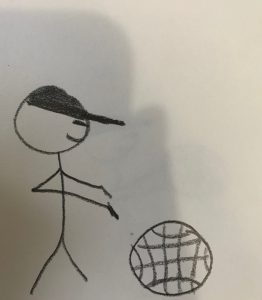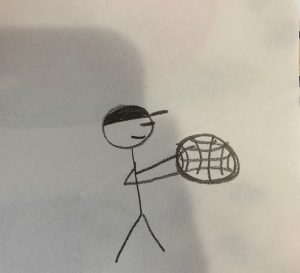Virtual Reality in Art
In recent years, technology innovations have become part of the century. One of the most outstanding changes I had seen is virtual reality (VR). According to sources, virtual reality is constructed by high-tech means of the artificial environment or “near to reality.” (What Is Virtual Reality?) Everything, which a person knows about reality, comes by our senses. [Plural] Virtual reality combines our perception of reality presented with a version of the truth that isn’t there. As virtual reality technology matures and its popularity grows, it is gradually applied in different areas, such as architecture, sport, medicine, and the arts. (What Is Virtual Reality?)
Virtual reality applications have potential for the creative arts. The capability to express and involve the imagination works as a primary skill in the arts. According to the source, the arts and research in the field of virtual reality have two characteristics: one attaches great importance to the user, to persons demand as the starting point and foothold enhance the sense of reality depends on the increase the degree of user requirements and the virtual world attribute matching. The second is the value of the object with the rule of art, combining art and the technology to solve the problem. (Dalei) [Just need the author’s name in in-text citations] Virtual reality involves the sense of seeing and appreciating the environment displayed by blending the physical and virtual.
Artwork consists of the creativity to design or perform a composition. A new generation of artist is deciding to produce virtually-reality artworks as the artists preference to display in galleries or freely accessible online and engaged the public. How do artists archive this incredible technique of combing both art and virtual reality? Based on 3D modeling, a technique in computer graphics for producing a 3D digital representation of any object or surface, an artist uses special software to manipulate points in virtual space (called vertices) to form a mesh: a collection of vertices that form an object. These 3D objects can be generated automatically or created manually by deforming the mesh. (What Is 3D Modeling & What’s It Used For?)
The virtual reality of art design based on 3D modeling, a geometric configuration of virtual reality technology. The geometric type of virtual reality, is to point to a 3D scene and 3D object model, usually with the help of professional modeling software (such as 3Ds Max, MAYA, etc.) to complete, this kind of art design method, compared to the performance of the real scenes and objects in the real world, at the same time, which can also generate animation. This design principle is according to the requirements of the show, through a variety of modeling software, with geometrical entity to construct a virtual environment, and if it meets the needs of virtual reality technology, map, rendering process, the current mainstream 3D modeling software, and so on can be scenes and objects modeling, texturing and rendering. After importing the virtual reality software and the interactive operation is realized, as well as the application of multimedia information integration and output. (Dalei,”The Application of Virtual Reality in Art Design: A New Approach”)
Artists who decided to use the world as a canvas and appreciate the new technology taking advantage of this —new trend of artwork has surfaced. I recently experienced this new appreciation for this type of art. The Museum of Modern Arts or MOMA exhibitions bring a variety of artwork, which includes virtually-reality artwork, especially architecture and design compositions.
It is fascinating how these days we can incorporate art and technology to merge and create a different perspective of enjoying art — a terrific advantage to engage the public from different ages and appreciate the skills of an Artist. Both techniques merged generated a marvelous experience.
“Citations”
Dalei, CHEN. “The Application of Virtual Reality in Art Deign: A New Approach.”
https://download.atlantis-press.com/article/19497/pdf
“What Is 3D Modeling & What’s It Used For?” Concept Art Empire, 4 Jan. 2019, conceptartempire.com/what-is-3d-modeling/.https://conceptartempire.com/what-is-3d-modeling/
“What Is Virtual Reality?” Virtual Reality Society, www.vrs.org.uk/virtual-reality/what-is-virtual-reality.html.https://www.vrs.org.uk/virtual-reality/what-is-virtual-reality.html
